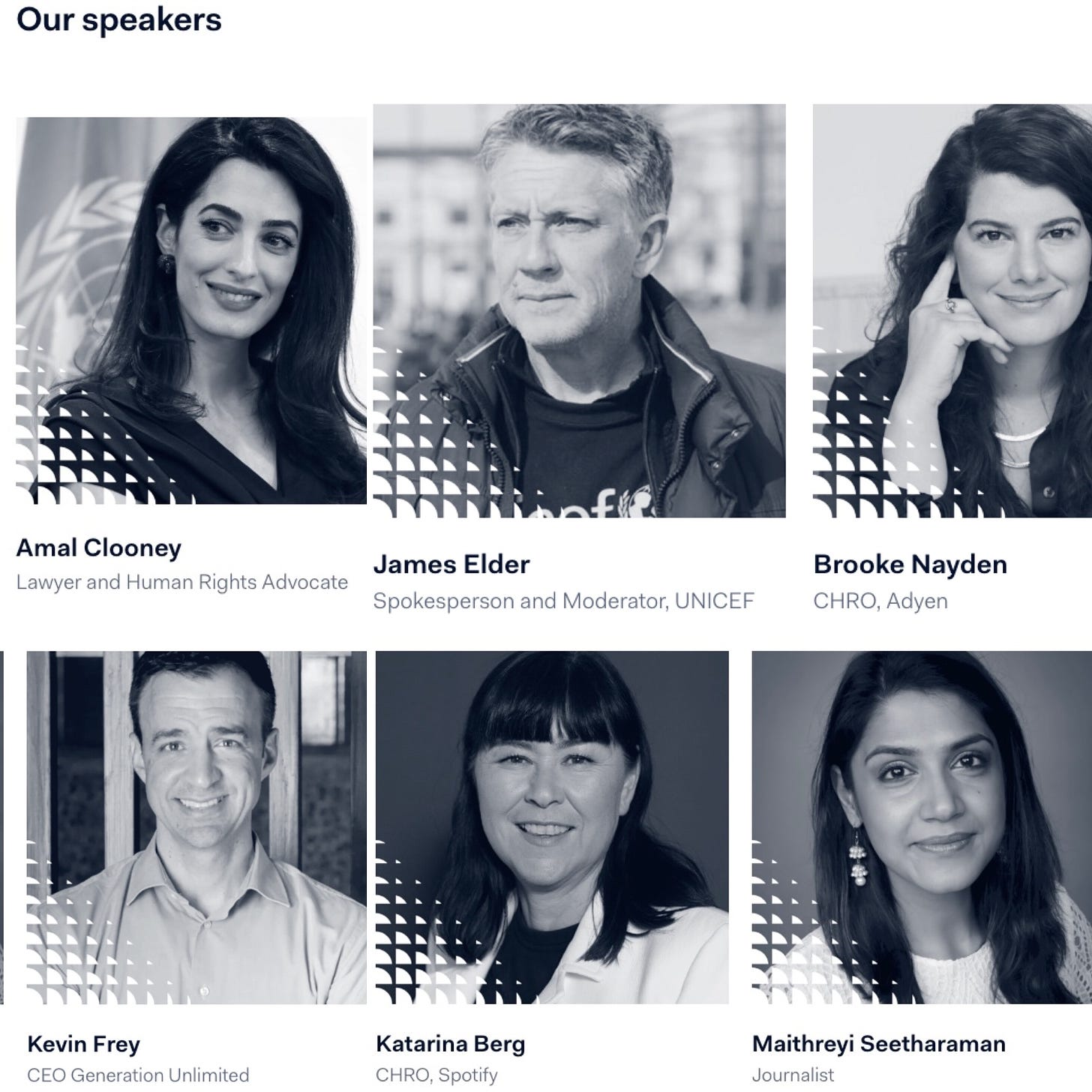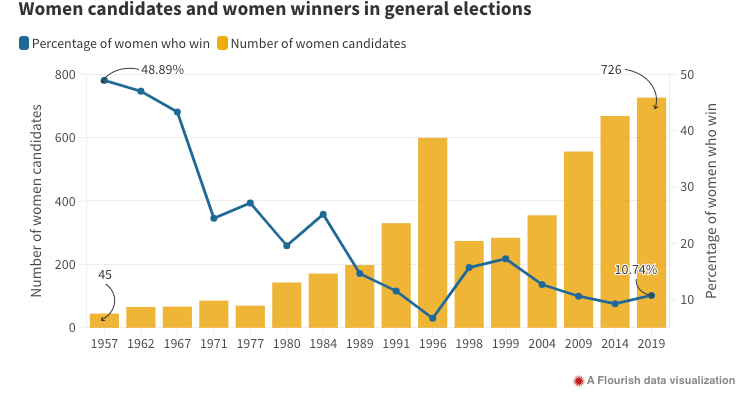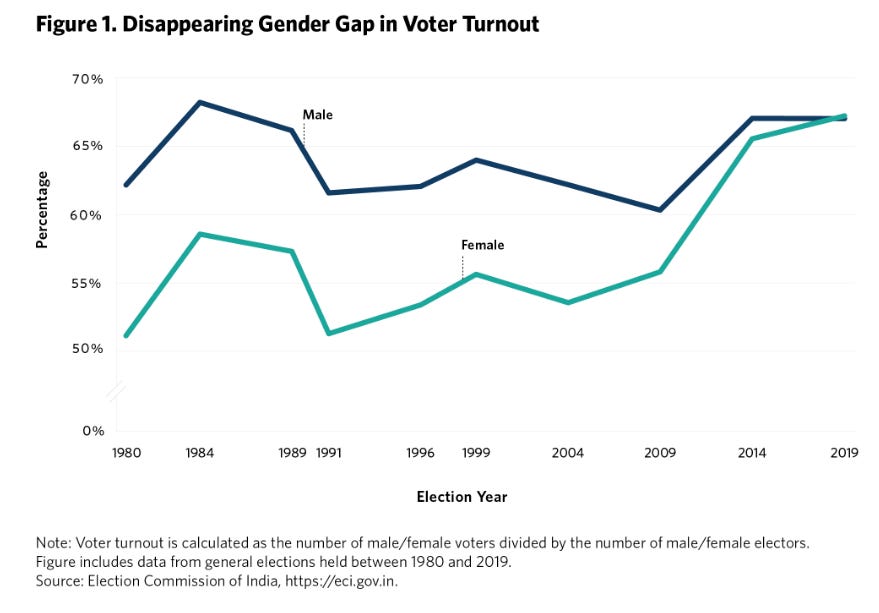Happy Sunday,
I’m off to New York this week to host an evening of ideas and inspiration on how businesses can authentically create social impact and drive the change they want to be, beyond the beautiful words in a press release or an earmarked percentage of revenues.
The concept of “corporate philanthropy” is fast evolving and most businesses are still finding their feet, even as their various stakeholders want them to step in, where governments no longer can/do.
I’ll hear from a gamut of voices: Amal Clooney’s leadership in fighting for human rights in every corner of the world. James Elder’s UNICEF experiences in getting aid where it needs to be, beyond borders and blockades. Generation Unlimited CEO Kevin Frey on what it will take to create a sustainable bridge between business and the nonprofit world. Katarina Berg CHRO of Spotify on the company’s learnings as they continue on their philanthropy journey and the evening’s hosts, Adyen’s founder Pieter van der Does and his CHRO Brooke Nayden’s passion for the importance of creating a culture around giving back and philanthropy's role in leadership. After all, as Dominque Simons, Head of Impact at Adyen reminded me - Real change cannot be accomplished alone.
An issue you CAN impact
A few editions ago, I’d mentioned Gambia being on the path to reversing its 2015 ban on Female Genital Mutilation (FGM). The bill is now before Gambia’s National Assembly and has passed into the second stage of consideration.
It has never been more important to put international pressure on a government through awareness and outrage from us, the people from every corner of the planet. It is imperative that business leaders also use their influence alongside and dialogue by international political leadership.
If the National Assembly adopts the Women’s (Amendment) Bill 2024 at its June session, Gambia will become the first country to overturn a FGM ban. And that shouldn’t sit right with any of us.
Here’s Human Rights Watch take on what’s at stake:
“The UN reported that over 230 million girls and women worldwide have survived FGM and live with its lasting effects. UNICEF found that approximately 73 percent of girls and women in Gambia ages 15 to 49 years reported surviving FGM, with more than 80 percent of those ages 10 to 19 having been cut before age 5. More than 20 percent of them were infibulated, meaning the genital area is cut and sown shut.”
“Most communities in Gambia use religion or tradition to justify the practice. However, there is no requirement in Sharia (Islamic law) for FGM, or female circumcision, nor is it a part of the Sunna (Prophetic traditions) or considered an honourable act.”
Disappearing in a mammoth election
The world’s largest democracy India has begun its election. You heard me right - ‘begun.’
But even as Prime Minister Narendra Modi is seeking a third 5-year term and we gear up for the obligatory picture of women lining up to vote (yep, it’s a thing!) - the number of women standing for elections or being elected seems to be disappearing faster than Harry Potter used his Vanishing Spell, Evanesco. This, in the country that gave the world its second female head of state, Indira Gandhi!
Women constituted only 8% of the candidates in the first phase of voting on April 19. Per The Hindu newspaper — In the 2019 Lok Sabha elections, women were 9% of the candidates (726 and the highest ever). But the graph trajectory of those elected continued its downward spiral. In fact, the success rate of women candidates was just a little over 10% in 2019. Compare that data to say, 1957 when 45 women stood for elections and 48% of them won, 1999 with 566 candidates with only 6.6% winning or 1999’s 17% and 2004’s 12.6%.
The current government likes to tout that with 78 women MPs, the numbers have never been higher. But look at a rather bloated lower house and you realise that they’re only about 14% of the lot.
I’m going to point you back to The Hindu’s compilation of data. As the paper points out:
In 2024 several Indian States, have no women candidates standing for elections. In others, only a handful. From one woman out of six available seats in less populous states like Jammu and Kashmir, In a bigger state like Tamil Nadu, “76 women are contesting out of a total of 950 candidates for 39 seats.” In the last election only 3 of the 67 women who stood for elections won.
Now juxtapose the decline in female politicians with the massive rise in women voters. The 2019 elections registered the highest ever voter turnout at 67.4%. Women’s participation in that election increased to a historic 67.18%.
Many expect the rising female voter trend to continue in 2024. Some pundits are even expecting the female and youth vote to push another landslide Hindutva driven victory for PM Modi.
2019’s election saw PM Modi’s BJP party secure a landslide victory with 303 seats. Its coalition had a total of 353 seats controlling 12 of 28 Indian states. The Congress party, led by Rahul Gandhi and guided by his mother Sonia Gandhi only won 52 seats, and a total 91 with partners, controlling just 3 states.
Evanesco - why it matters
The disappearing female politician phenomenon not only starkly contrasts with the rising female voter but also with the mind-boggling stats of India’s 2024 elections:
6 weeks (82 days) of voting, 1.4 billion people of whom 969 million are registered voters (compare that to 168 million voters in the United States, 156 million in Brazil, 204 million in Indonesia or 114 million in Russia).
Including the main BJP and Congress parties a total 2660 parties are contesting, using 5.5 million electronic voting machines at 1.05 million polling stations, with 15 million official observers, at a whopping election cost of 1.2 trillion rupees. That’s $14.4 billion/£12 billion! And that doesn’t even take into account the undisclosed payoffs candidates use to woo voters.
Results will be announced on June 4th when the choice of not just Prime Minister will be clear but also the 543 politicians elected to the Lok Sabha, the lower house of parliament. Two other members are nominated, bringing the total strength to 545 MPs in the house.
The sheer scale of the Indian political machinery should have seen the rising female voter turnout over the past two decades being mirrored in political representation. You’ve got to wonder why that hasn’t happened?
The political rally cry of “Nari Shakti” (Women power) seems to be a lot like DEI headlines in the West. A ton of hot air, that dissipates when it really matters.
DEI or Woke!
Gird your loins ladies!
We’ve read about how 30 States in the United States have now introduced or passed bills to restrict or regulate DEI initiatives (Diversity, Equity & Inclusion for anyone who never pays attention to jargon!). It looks like the anti-DEI movement has crossed the pond and officially gone mainstream in the UK.
Listen, I am no fan of checkbox DEI, but to have the Conservative (Tory) UK business secretary (the equivalent of a country’s Business minister) Kemi Badenoch eviscerate what she calls “overzealous DEI drives” is a harbinger of the winds shifting for us women, and also all minorities of every ilk. So to ensure we don’t turn back time for all the gains we’ve managed to make - keep your guard up and remember to speak up for yourself no matter how uncomfortable it makes you (UNLIKE this columnist in Conservative leaning, The Telegraph). True DEI is about aiming for an equal world, not one skewed by check boxes.
I am, in the meantime going to take the business secretary’s words with a massive fistful of salt. It is after all an election year and really, the Tory party is quite far along in the process of self-immolation. Most Tory MP’s I hear (including those in government at the highest level) are job hunting in The City (lots of London’s finance folks may have new colleagues soon) and beyond.
While feeding the echo chamber of the right wing may put a few votes in the box come election time, a lot of what we’ll hear from the ruling party in the next weeks and months will be just noise. (Rishi Sunak, the UK Prime Minister claimed this week in his plan for welfare reform and “economic inactivity”, he was going to STOP allowing doctors to sign sick people off from work!?)
We just have to be careful all this noise doesn’t become a directional path changer for the next government.






